When it comes to working out holiday entitlement for employees, it can be a bit of a minefield. Working out annual leave for employees should be easy, but when you have employees on part-time and zero-hour contracts, it becomes overly complicated.
One way to accurately calculate annual leave entitlement for part-time employees is by using human resources software such as PayEscape’s HR Escape. In this article, you’ll find out the difference between employees and workers, and how to calculate holiday entitlement for part-time and zero-hour contract employees.
What is the difference between workers and employees?
More often than not, the term worker and employee is used interchangeably, but there are legal differences. Employees are paid by their employer based on the terms of their employment contract terms. The employee must also provide pension contributions and other benefits during their term of employment.
The term worker can cover an employee or someone who works for you but this person doesn’t need to be under an employment contract. For example, a worker can be a contractor or freelancer. If you’re hiring a freelancer or contractor, they are not entitled to holiday pay or pensionable earnings. In this article, when we reference workers, we are referring to employees who have a legal right to annual leave.
Calculating annual leave for part-time employees
Holiday entitlement for part-time workers should be calculated on a pro-rata basis. It’s important to remember that part-timers have the same rights as full-timers – this is to ensure part-time employees aren’t treated less favourably than full-time workers.
Statutory holiday pay for full-time employees is 5.6 weeks / 28 days of a year You can find out more about calculating holiday entitlement for full-time employees in our ultimate guide. To work out statutory holiday for part-timers, you should multiply the amount of days they work a week by 5.6.
You can choose to round days up to the nearest whole number (for example, instead of giving 19.6 days, you give 20 days), but you cannot round the days down (for example, instead of giving 11.2 days you give 11 days). For part-time employees who are also entitled to contractual holiday allowance, you should calculate this pro-rate as well. You should also ensure bank holidays are fairly calculated as well.
Part-time holiday entitlement in hours
Working out annual leave for employees on casual contracts, and shift workers isn’t as straightforward but should still be calculated on a pro-rata basis. The example below uses statutory annual leave entitlement (5.6) that includes annual leave. You should multiply the amount of hours worked a week by 5.6, and then divide this amount by your full-time working day.
For example, if someone works 10 hours a week, you’d use the following sum
10 hours x 5.6 = 56 hours.
56 hours ÷ 7 (full-time working day) = 8 days annual leave.
If you give bank holidays on top of annual leave, the calculations will vary as full-time workers are entitled to 36 days per year (7.2 weeks). This means part-timer workers are entitled to 72 hours of annual leave, or 10.2 days.
Variable hours employees
If your part-time employees’ work hours differ from week to week or month to month (most common for workers on zero-hour contracts). However, calculating entitlement for employees on irregular hours can be difficult because it’s hard to know the hours they’ll work in advance.
You should calculate this by doing the following:
● Calculate the employee’s average hourly rate by the hours worked and how much was paid for them.
● The average rate should be taken over the last 52 weeks
● Typically, a ‘week’ goes from Sunday to Saturday. You should only use another seven-day period such as Monday to Tuesday if that is how you calculate your worker’s pay.
● If your employee has less than 52 weeks of pay, use the average pay rate for the full weeks they have worked.
● If no pay was paid in any week, you can work this out by counting back another week so the rate is based on 52 weeks in which pay was paid. You can count back to a maximum of 104 weeks for this.
The benefits of calculating holiday entitlement with HR software
Calculating annual leave entitlement can be quite challenging – especially if you have employees on zero-hour and part-time contracts. And the more people you hire, the more holiday entitlement you need to work out. This entire process can be simplified when you use HR software which will automatically calculate holiday pay for you.
An HR software system acts as an automated part-time holiday entitlement calculator for your organisation, as well as a useful and accessible platform for staff to make holiday requests and track their remaining holidays.
At Payescape, we understand the intricacies surrounding HR management and employment law. Sometimes it feels impossible to navigate.
With compliance high on the agenda, the importance of robust policies and processes are key to protecting your business and your employees. Get in touch with our HR consultants today and find out how we can help you.













